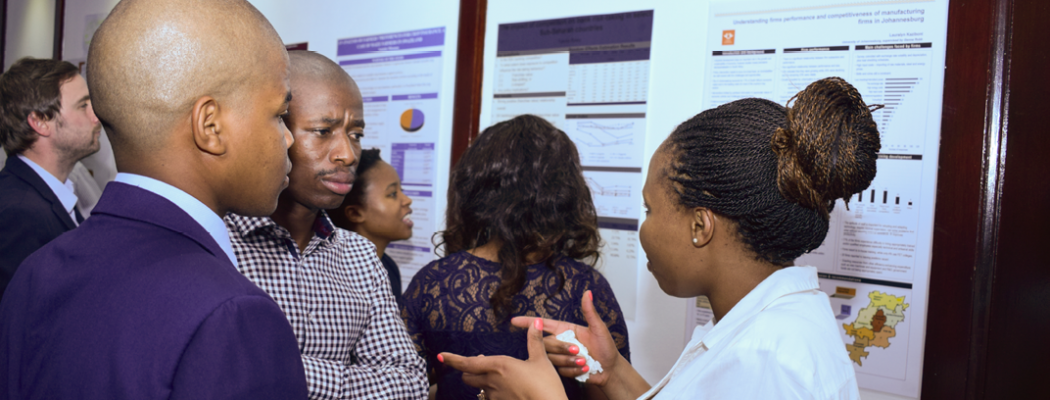Climate mitigation in South Africa
The Paris Agreement calls for a reduction in global emissions to limit the global temperature increase in this century to 2oC (above preindustrial levels), while pursuing the means to limit the increase to 1.5oC. This target requires commitment by both developed and developing countries to reduce national greenhouse gas emissions. However, for individual countries to commit to emission reductions, an understanding of current and future emissions without action is required, to ensure that commitments made are realistic and, equitable and sufficient at the global scale, with the lowest possible cost to the economy. This paper assesses the changes in emissions and emissions pathways in South Africa over the past decade and looks at the potential for climate mitigation and the associated economic costs. The key findings from the paper highlight that (i) over the past decade the reference pathway for emissions in South Africa has been revised downward, largely due to the increased ability to cost effectively lower emissions in the power sector; (ii) the reference case presented here indicates that by taking a least-cost approach to energy planning, South Africa can reach an emissions level well within its NDC commitment (below the mid-point thereof) and below the Climate Equity Reference Calculator 2°C fair share allocation; (iii) decreasing energy emissions beyond this has a negative impact on economic growth and employment, although this impact is small for energy emissions caps of up to 8 GT; and (iv) the negative impacts on the economy can be mitigated by increasing energy efficiency in line with government policies and measures.

